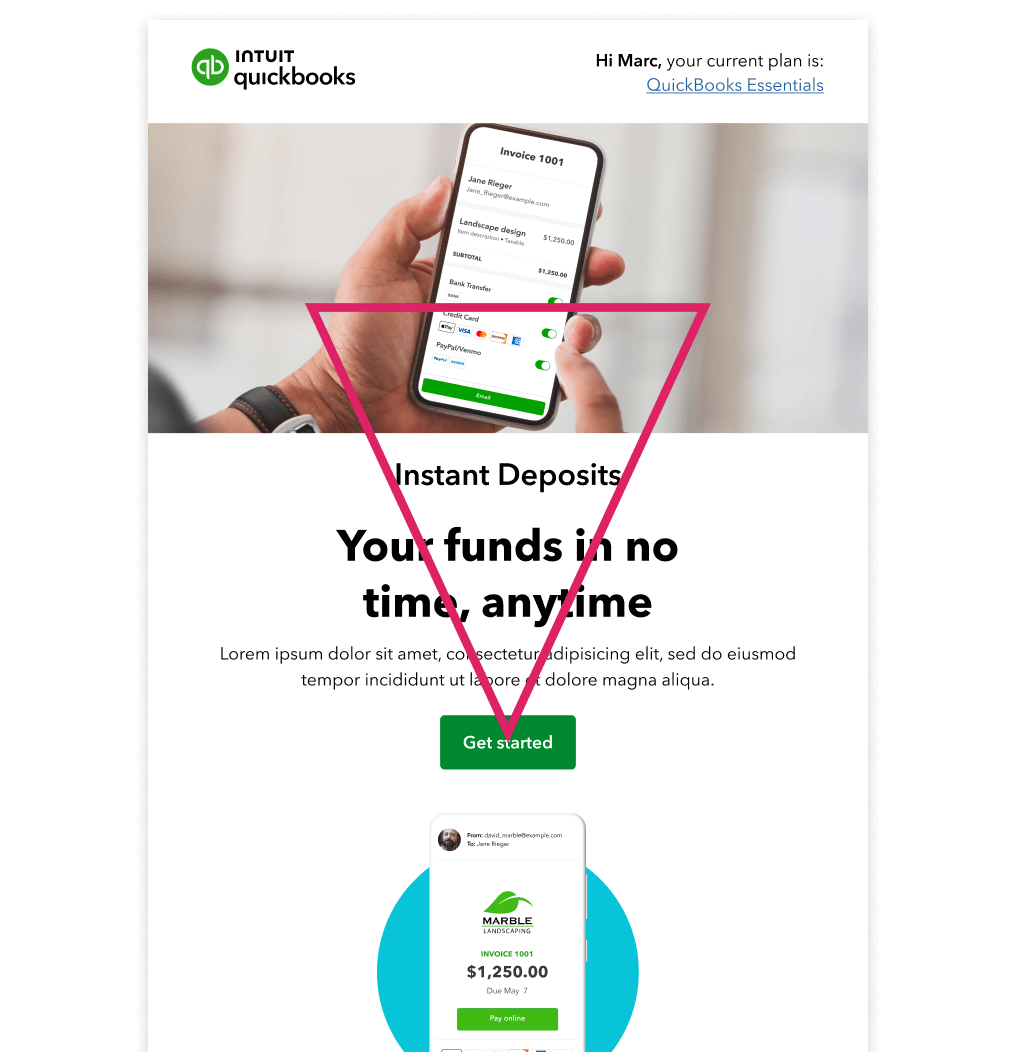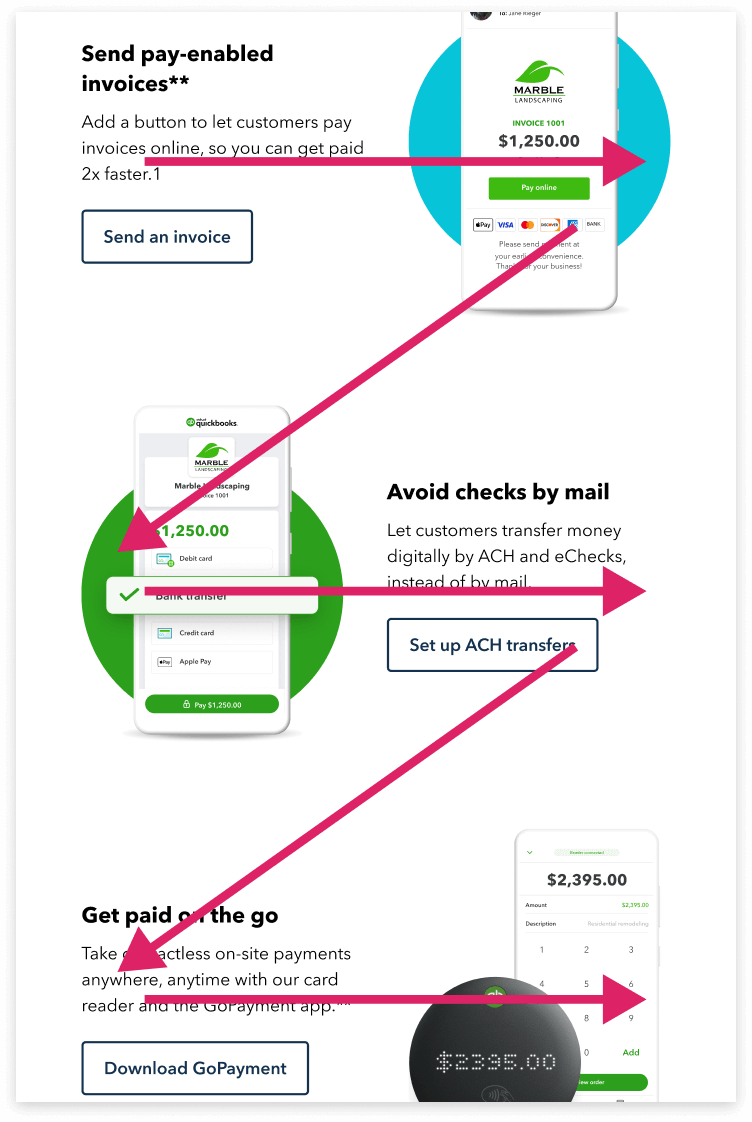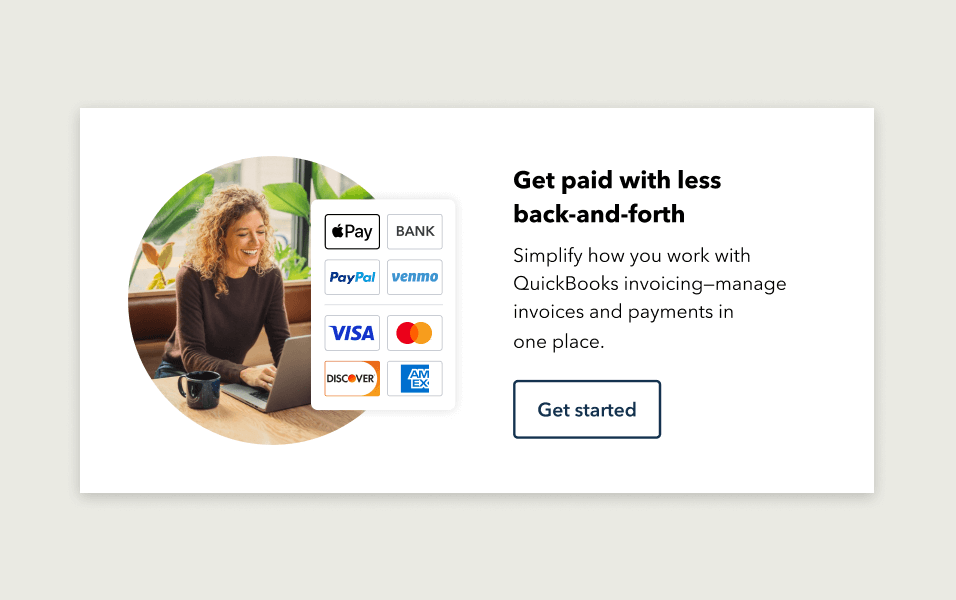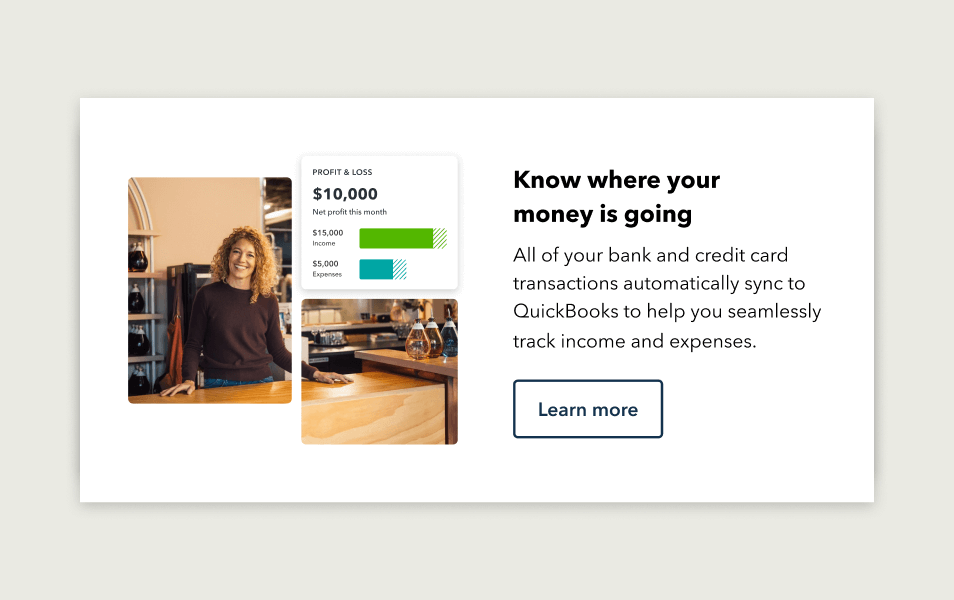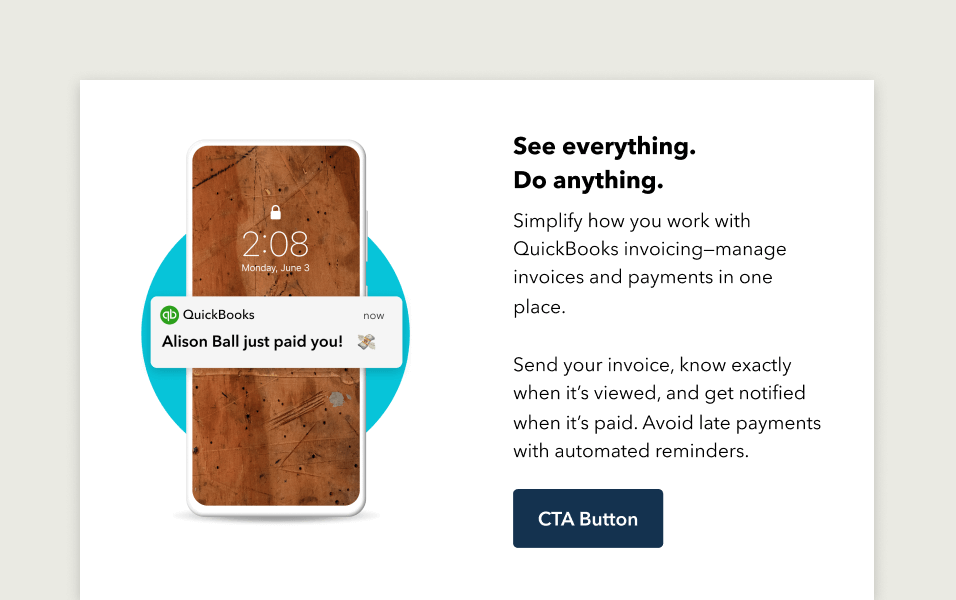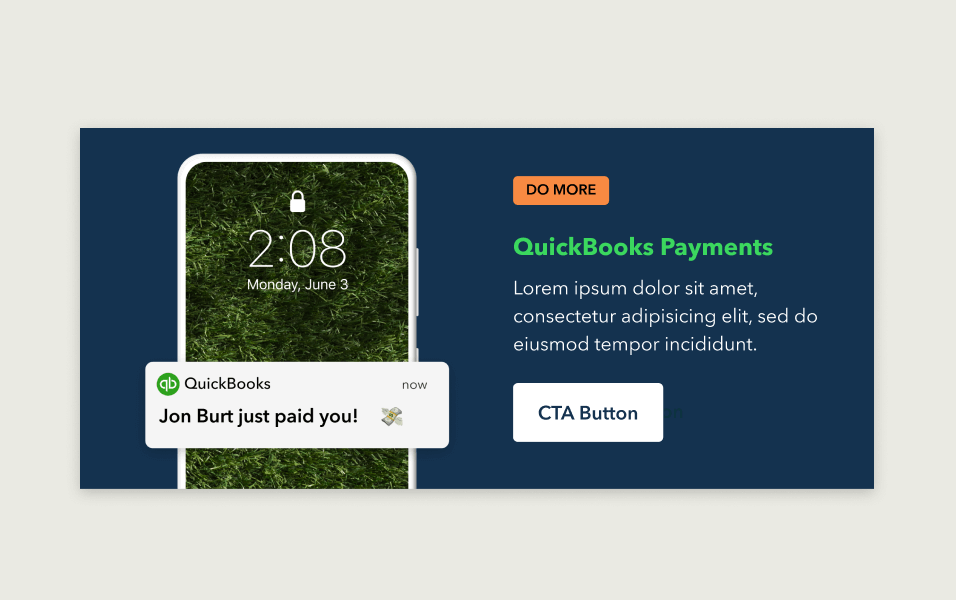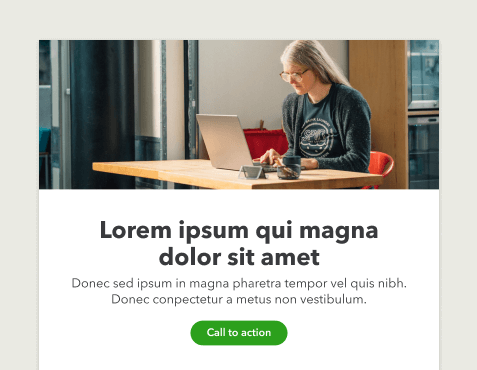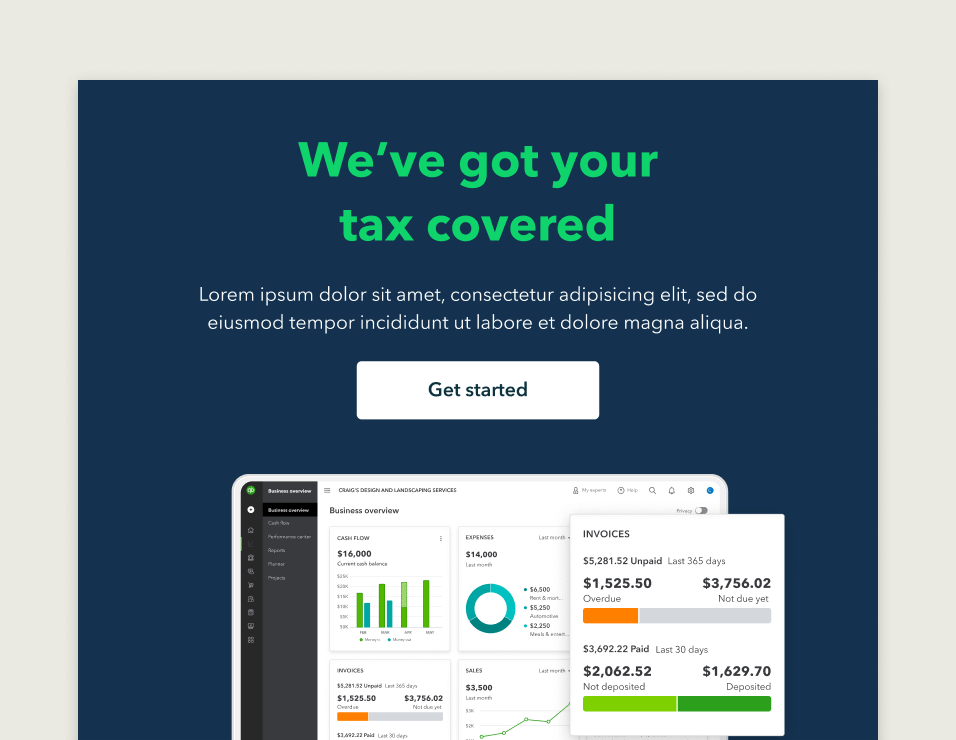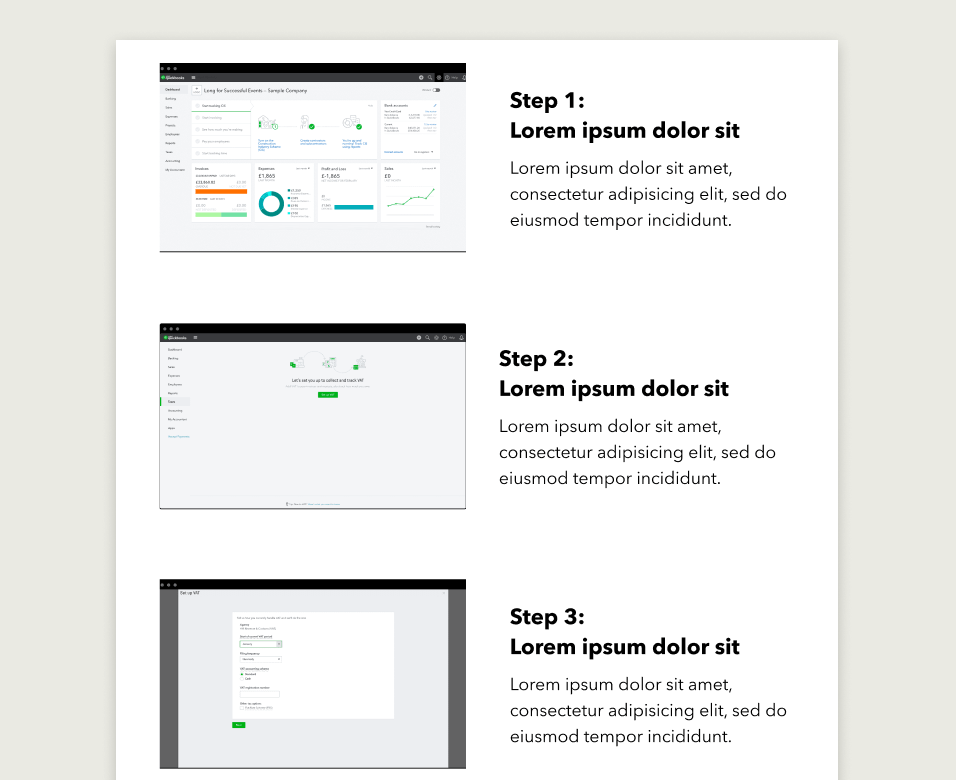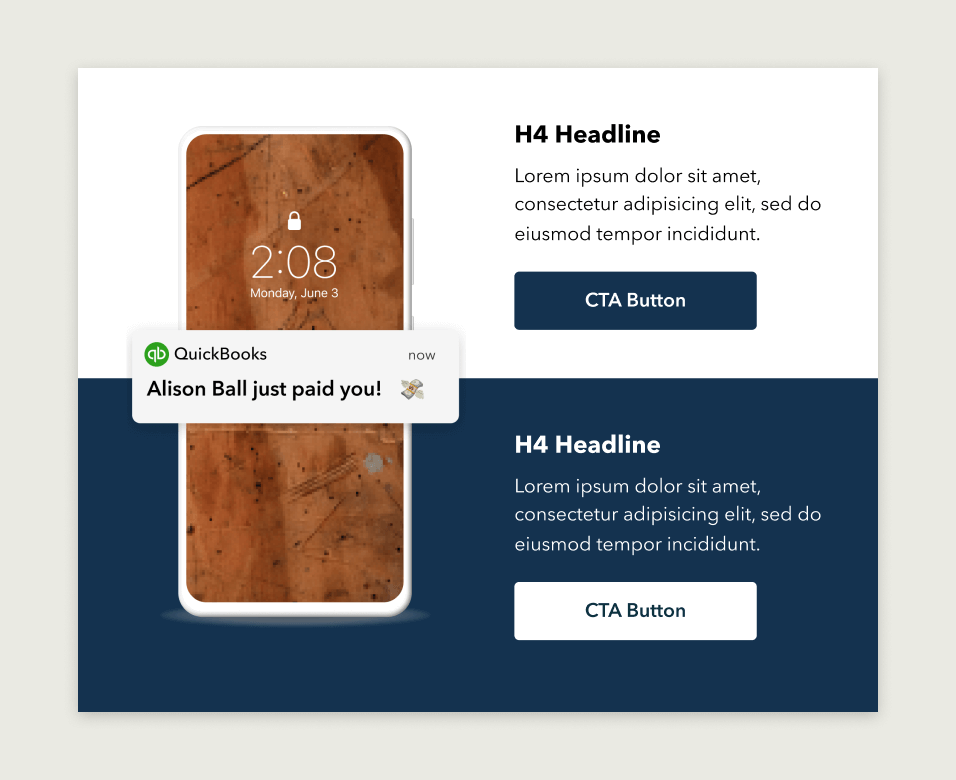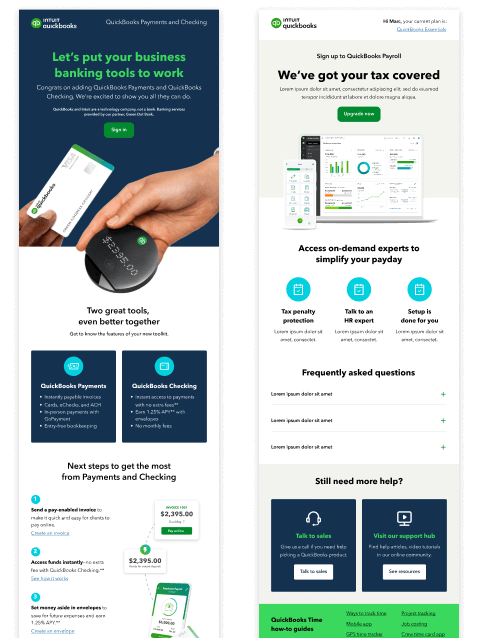The right way to attract attention
Gaining a customers' attention is the highest priority for any communication regardless of channel or objective. Can the email be read, understood, and actioned within 11.82 seconds? According to Litmus, this is the average time consumers take to read an email.
Ensuring our content grabs attention, supports one or multiple objectives, and drives action with a well-placed CTA makes the best use of the 11.82 seconds we have to work with.
